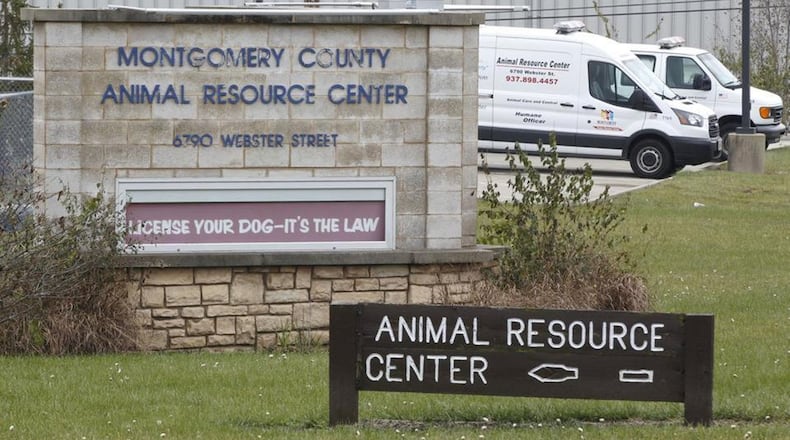RELATED: County animal center report: ‘Avalanche of negative consequences’
The rate was a hair under 90 percent in December and topped 90 percent in January and February. During one month last year, the figure bottomed out at 63 percent and in 2017 averaged 53 percent.
The higher rate reflects recommendations made in November by Team Shelter USA consultants who were brought in after the ARC endured months of criticism by animal welfare advocates who said too many animals were being put to death with little effort to find them homes.
Gruhl was put in charge of overhauling the shelter after the independent review raised alarm about its operations and led to the firing of Mark Kumpf, the former director.
MORE: County commissioners officially fire animal shelter director
But with fewer animals getting euthanized, the shelter population spiked last month, prompting the ARC to put out an urgent request for homes and hold an adoption event.
While every adoptable pet found a home during the event, each day brings more animals to the shelter. Placing them — especially large breed dogs — remains a constant challenge, Gruhl said.
Gruhl said last month the county needs to foster a better relationship with animal rescue groups that can help keep the shelter population in check.
But some who worked with the ARC in past years say trust frayed after uneven treatment of rescues and the county’s insistence that they sign a “code of conduct” that includes a policy prohibiting any activity or communication negative to the Animal Resource Center or attack on others in the animal welfare field. The agreement also holds that rescuers must “waive and forfeit any and all claims” against the ARC.
RELATED: Dog rescues: Rules seek ‘to stifle’ animal shelter criticism
“It has been a very difficult relationship between the ARC and rescues for a number of years,” said Dr. Sue Rancurello, a veterinarian with a Bellbrook practice who also runs Second Chance Rescue. “The ARC in the past has not made it easy at all for most rescues to go up there and get animals”
The county is hoping to renew and rebuild relationships with rescue partners and is examining changes to the partner agreement, Gruhl said.
“We want them to be able to help us put together what’s going to work for them, what’s going to work for us, what’s going to work for the community, what’s going to work for the animals,” he said.
The ARC asked more than 50 rescues for feedback and received 20 completed surveys from groups, said ARC spokesman Michael Zimmerman..
Survey answers will be used to “see where rescues are right now in their relationship and dealing with the Animal Resource Center,” Zimmerman said.
A meeting is planned with the rescue community later this month.
In November, Team Shelter USA gave the county 30 emergency action steps of which about a third are completed.
During February, the ARC adopted 139 pets and returned 66 to owners. Also last month, the county implemented a new website for the ARC, www.mcanimals.org.
MORE: DEA and county sheriff open animal shelter investigations
County officials are also waiting on the results of a DEA investigation into the ARC. Agents turned up at the ARC in January looking at how drugs at the facility were handled, said Montgomery County Administrator Michael Colbert.
The Team Shelter USA’s November assessment indicated employees improperly stored vaccines, reused syringes and likely ran afoul of state and federal drug laws by not properly tracking a euthanasia solution called Fatal Plus.
About the Author

